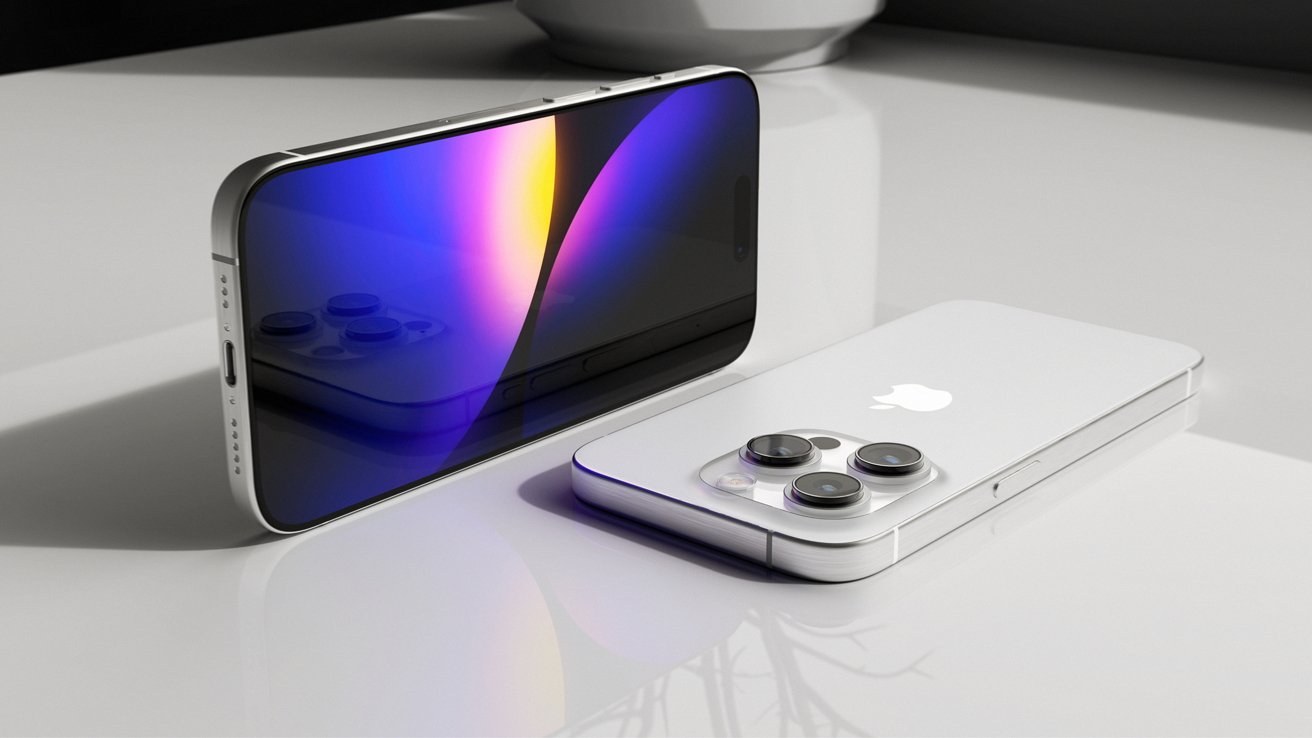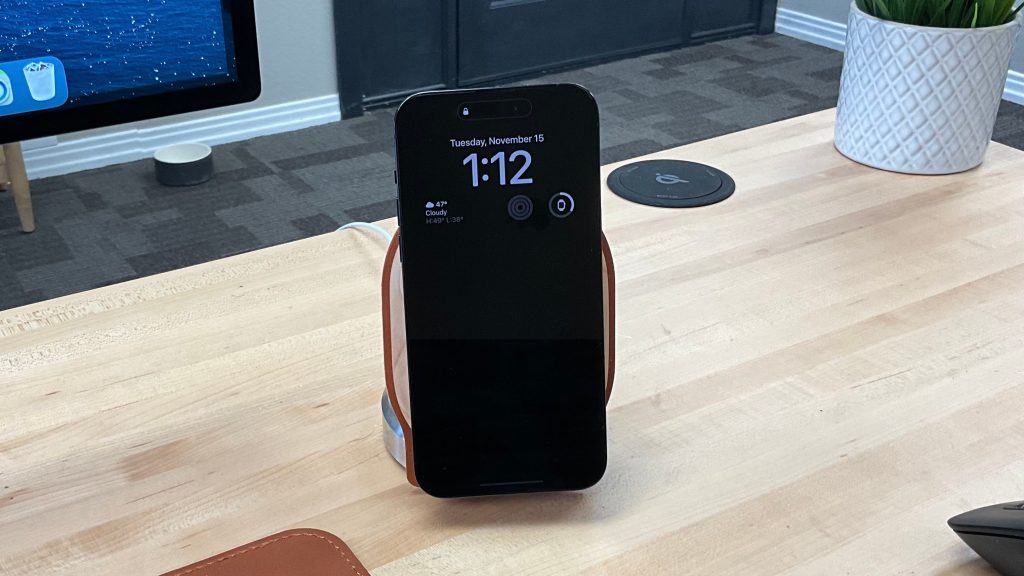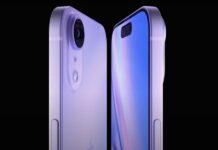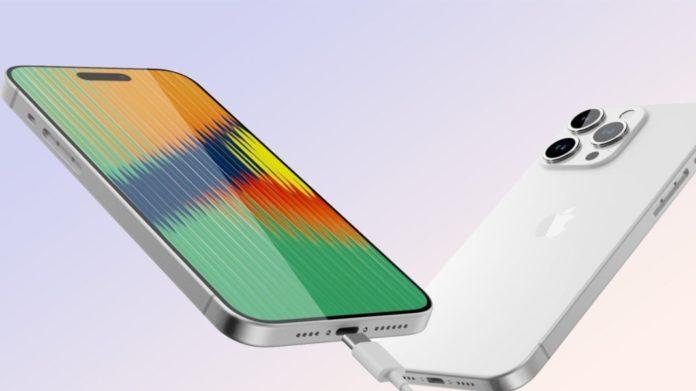The iPhone 15 is one of the most anticipated smartphone releases of the year. With rumors swirling about its features and design, many people are eagerly anticipating its arrival. However, recent reports suggest that the iPhone 15 may be making a major design mistake that could impact its functionality and user experience.

The potential design change that is causing concern among tech enthusiasts is the removal of the charging port. According to some reports, Apple may be planning to introduce a completely portless iPhone, meaning that users would have to rely on wireless charging exclusively.
Cost of going portless
While wireless charging has become more prevalent in recent years, it is still not as reliable or convenient as a physical charging port. It requires users to have a charging pad or mat, and it can take longer to charge a device wirelessly than it does using a charging cable. Additionally, wireless charging can be less efficient, leading to slower charging speeds and a decrease in battery life over time.
Another concern with a portless iPhone is that it could make it more difficult to transfer data between devices. Without a physical port, users would have to rely on cloud services or other wireless transfer methods, which can be slower and less secure than a direct cable connection.
The potential benefits of a portless iPhone are not immediately clear. While it could make the device more waterproof and resistant to dust and debris, there are already many waterproof and dust-resistant smartphones on the market that still have charging ports.
Apple’s marketing strategy
Some analysts have speculated that a portless iPhone could be part of Apple’s strategy to push users towards its AirPods and other wireless accessories. However, this could backfire if users are hesitant to invest in expensive wireless accessories or are frustrated by the limitations of wireless charging.
Overall, the decision to remove the charging port from the iPhone 15 is a risky one. While it could lead to a sleeker design and improved durability, it could also lead to frustration and inconvenience for users. Apple should carefully consider the pros and cons of this design change before implementing it.

If Apple does decide to go ahead with a portless iPhone, it will be interesting to see how consumers react. Will they embrace the change, or will they push back against it? Only time will tell.
The iPhone 15’s potential design change could be a major mistake. While a portless iPhone may look more sleek and modern, it could also make charging and data transfer more difficult and less reliable. Apple should consider the potential drawbacks of this change before implementing it, and should be prepared to address any concerns that users may have. Ultimately, the success of the iPhone 15 will depend on how well it balances innovation with practicality and user experience.
Stay tuned to Brandsynario for the latest news and updates.










































